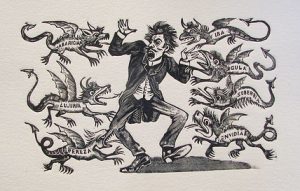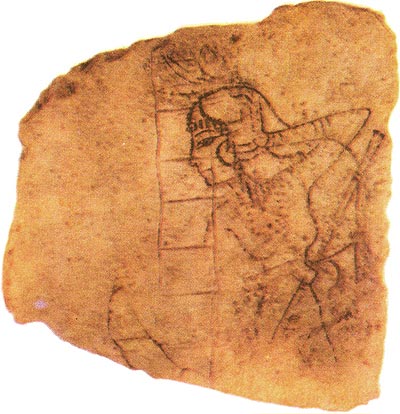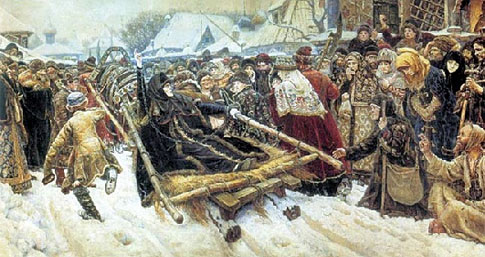standing oarsman
Mexican painting of the first half of the 20th century
 In the 20th century, the art of Latin America, primarily Mexico, unexpectedly became one of the most significant phenomena of world culture. The dramatic history of this country is replete with brutal conquests, murders, merciless oppression of the masses – starting from the invasion of the Aztec warrior people, who later created a formidable state later in Central Mexico, in the XII century.
In the 20th century, the art of Latin America, primarily Mexico, unexpectedly became one of the most significant phenomena of world culture. The dramatic history of this country is replete with brutal conquests, murders, merciless oppression of the masses – starting from the invasion of the Aztec warrior people, who later created a formidable state later in Central Mexico, in the XII century.
In the first half of the 16th century, Spanish conquerors conquered Mexico, seized the ancient civilization that had developed here, spread Christianity with fire and sword, and turned the Indians into slaves. Continue reading
Egyptian ostracon drawings
 In the art of ancient Egypt there are monuments that make up a special group. These are works of graphics – drawings on the boards. The Greek word “ostracon” literally means a shard, a fragment of ceramics. However, in relation to the art of ancient Egypt, it has a more capacious meaning. This word is commonly understood as drawings made not only on fragments of ceramics, but mostly on chipped stone (usually limestone), less commonly wood, that is, on material that was always at hand with masters engaged in decorating the tombs of the Theban necropolis — painting walls , manufacturing of statues and items of funeral inventory. Continue reading
In the art of ancient Egypt there are monuments that make up a special group. These are works of graphics – drawings on the boards. The Greek word “ostracon” literally means a shard, a fragment of ceramics. However, in relation to the art of ancient Egypt, it has a more capacious meaning. This word is commonly understood as drawings made not only on fragments of ceramics, but mostly on chipped stone (usually limestone), less commonly wood, that is, on material that was always at hand with masters engaged in decorating the tombs of the Theban necropolis — painting walls , manufacturing of statues and items of funeral inventory. Continue reading




